posted by Phil Johnson

The PyroManiacs devote some space each weekend to highlights from The Spurgeon Archive. The following excerpt is from Spurgeon's exposition of Psalm 106, delivered on Sunday evening, August 22nd, 1889.
The earth opened and swallowed up Dathan, and covered the company of Abiram. And a fire was kindled in their company; the flame burnt up the wicked, They made a calf in Horeb, and worshipped the molten image. Thus they changed their glory into the similitude of an ox that eateth grass. (Psalm 106:17-20)
 ee! they had been in Egypt. They had seen the Egyptians worship the god Apis in the form of a bull, so that they must needs have a bull too.
ee! they had been in Egypt. They had seen the Egyptians worship the god Apis in the form of a bull, so that they must needs have a bull too.I daresay that they said, "The bull is an emblem of strength. We do not worship the image; the image is only used to help us to think of the power of God."
But God forbids us to worship him under any image of any sort. "Thou shalt not make unto thyself any graven image, nor the likeness of anything that is in the heaven above, nor in the earth beneath. Thou shalt not bow down to them, nor worship them." All images, pictures, crucifixes—the whole lot of them are abhorrent and abominable to God.
We must have nothing to do with them as helps to worship, for they are not helps. They are destroyers of the worship of God.
But, you say to me, "You tell us that it was a bull."
Yes, and, in contempt, the man of God here calls it a calf. You cannot be too disrespectful to objects of idolatrous worship. They may be esteemed by others, but do not show any kind of respect to them yourself; but if there be a name that you can give them that is full of sarcasm, let them have it.


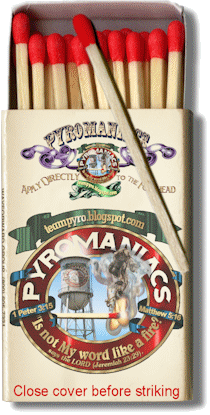
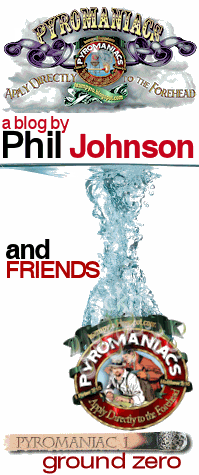

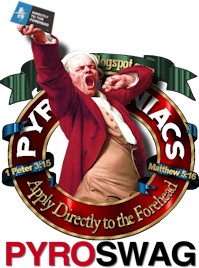

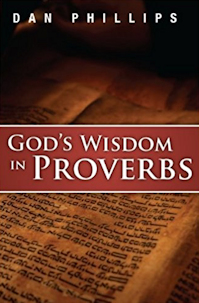



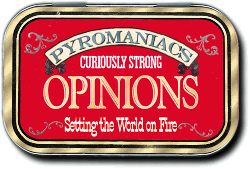
5 comments:
Sarcasm, sure. But clown paint on a known heretic? That's totally unacceptable! Oh wait, I mean... Uhh... Nevermind.
Good word, we are to respect people, but not their false gods. American culture has trained us (Christians) to respect others' religions, to the point where it becomes dangerously close to validating them. A worthy reminder on the Lord's Day.
"All images, pictures, crucifixes—the whole lot of them are abhorrent and abominable to God."
Did Spurgeon think the same thing outside the context of corporate worship? I'm at least inclined to say he would have to favor that.
I am curious to see how such thinking applies to art, especially Christian art.
And by that, I mean: SERIOUSLY. I really am just curious. LET THE DISCUSSION BEGIN!
My word verification is "carma". Maybe that's a bad sign.
I have an 1860 version of Bunyan's works that has very many beautiful illustrations in it. No doubt, in the vast library of Spurgeon there were illustrations that he enjoyed.
Post a Comment